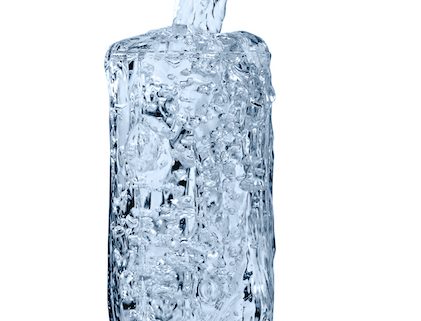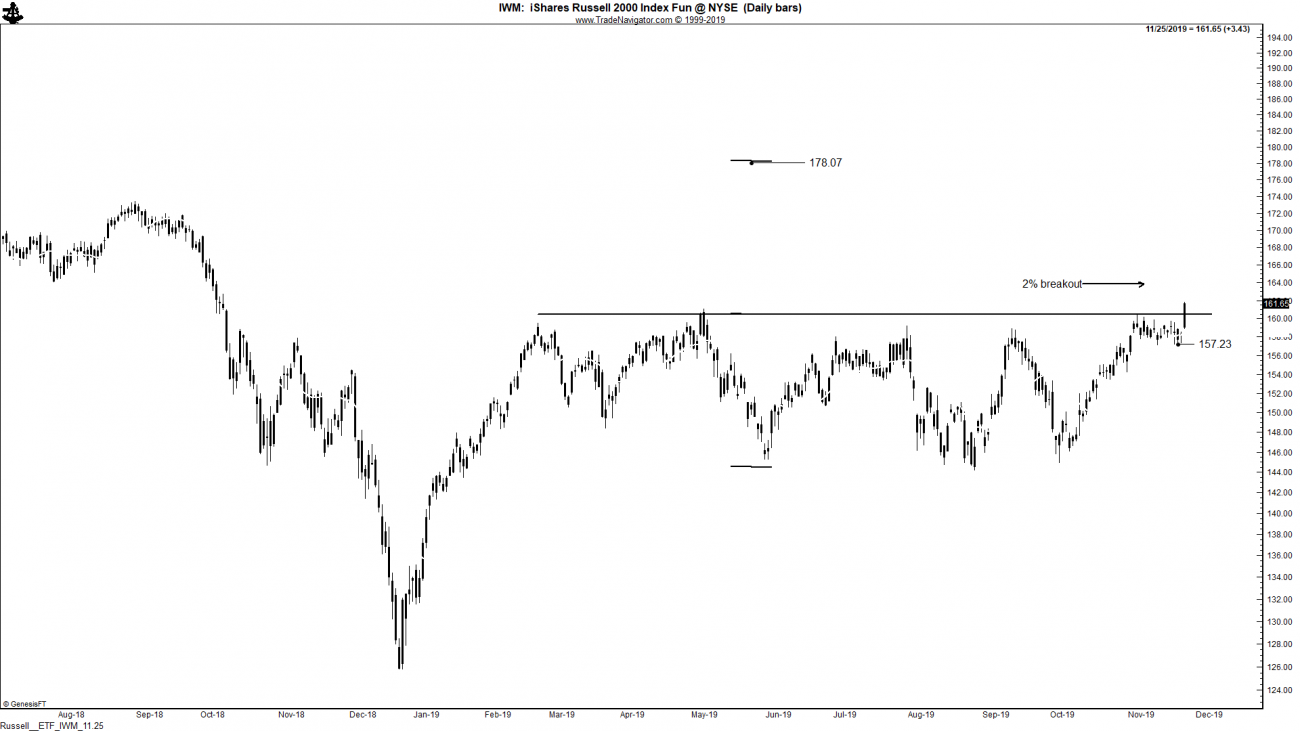U.S. mid cap and small cap stocks have taken over leadership
Building a trade to profit from this momentum shift
Note: Members of the Factor Service have already been made aware of the ideas presented herein — many Factor members have already taken action.
It appears that the bull trend in U.S. equities is now spilling over to mid caps and small caps. These stock indexes have substantial room to play catch-up and offer attractive profit potential for futures and ETF traders.
Futures traders
The Russell 2000 is attempting to breakout from a 9-month classical charting rectangle. This rectangle has targets of 1784 and 1929. Traders can choose from the mini Russell (CME) which carries a value of $50 for each point of price change or the micro Russell (CME) which carries a value of $5 for each point of price change. For example, an advance by the mini Russell from the present price of 1626 to the target of 1784 would represent a profit of $7,900 per futures contract. Each futures contract requires a margin deposit of $3,300. This interpretation of the chart will be null and void if the Russell declines below 1579. A decisive close above 1640 is required to confirm the upside breakout.
ETFs
Futures contracts offer a much more efficient way to utilize trading capital and maximize profits — but also with commensurate risks. The Russelll ETF (IWM) is also attempting to breakout. I use a 2% breakout rule for ETFs. Thus, a close above 163.84 would constitute a price breakout. A close below 157.23 would negate a bullish breakout. With a profit target of 178.07, a purchase of 100 shares (cost of $16,384 at the breakout level) would offer a profit at the target of $1,423. The risk (using the 157.23 negation level) would be approximately $660 based on a 100-share purchase.
Obviously, futures trading is only for those traders with appropriate risk capital and temperaments. Yet, I hope the above example provides an excellent example of the benefits of trading futures vs. ETFs. While the ETF trade as laid out provides a 9% return of the capital used to buy the ETF, a futures contract offers a profit potential of more than 200% of the capital used to margin the trade.
While the profit potentials listed above are in relationship to the capital used to control the trades presented, the Factor Service believes that risk must always be measured against the total capital held in a trading account.
plb
###








